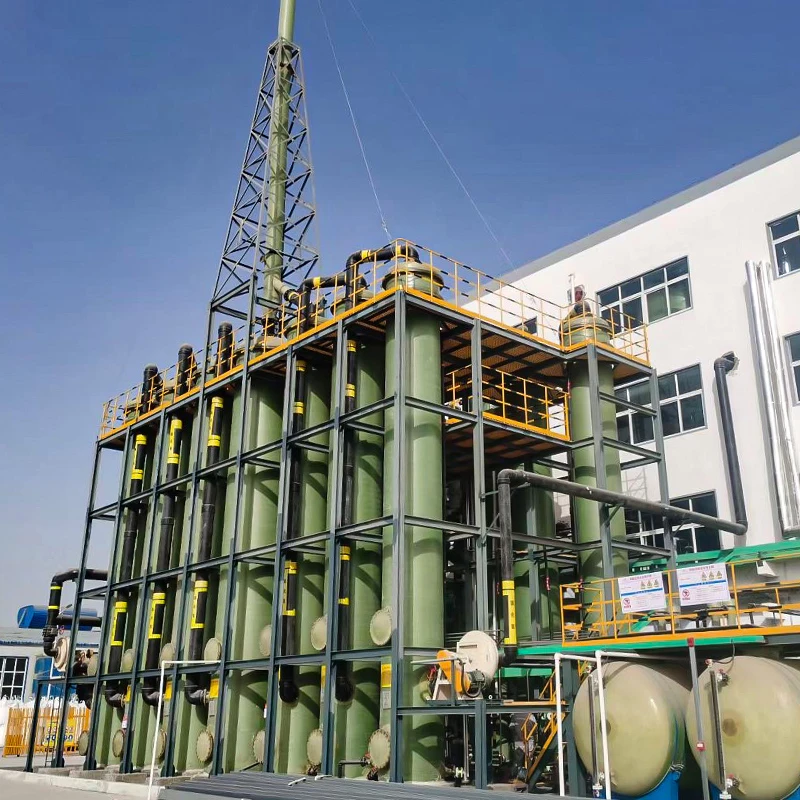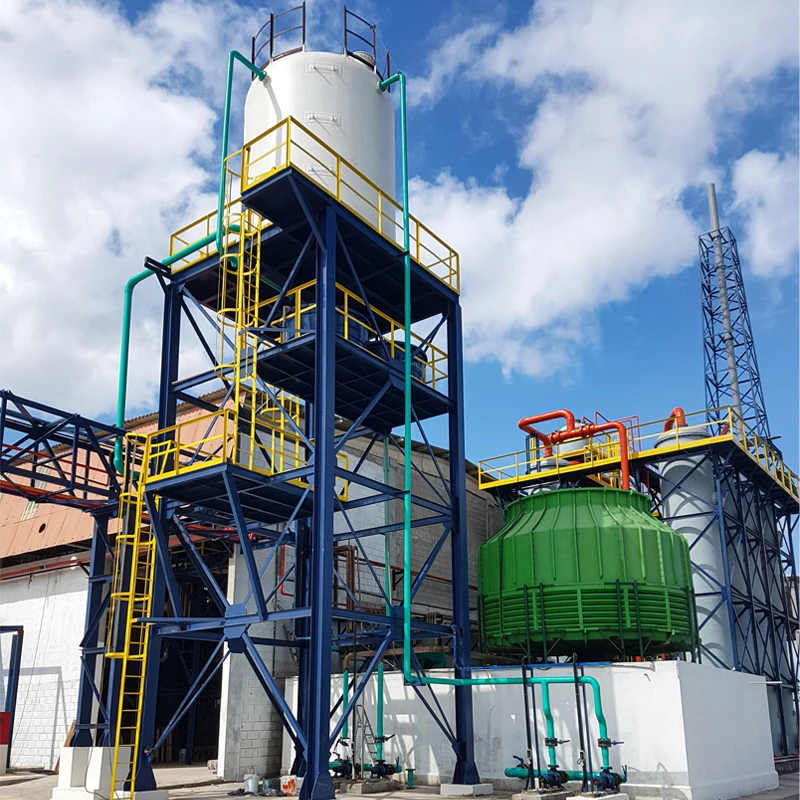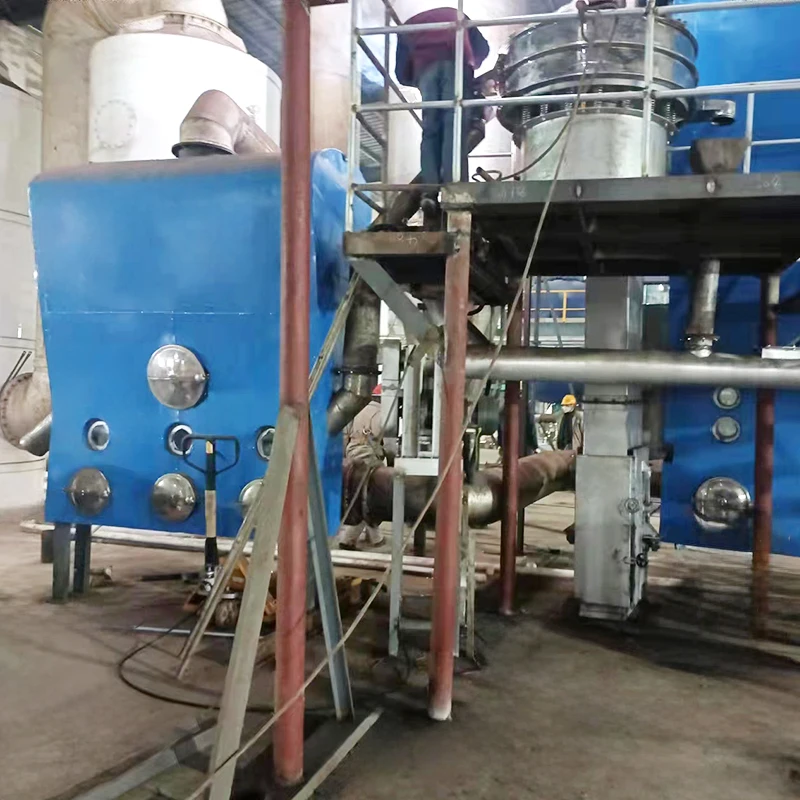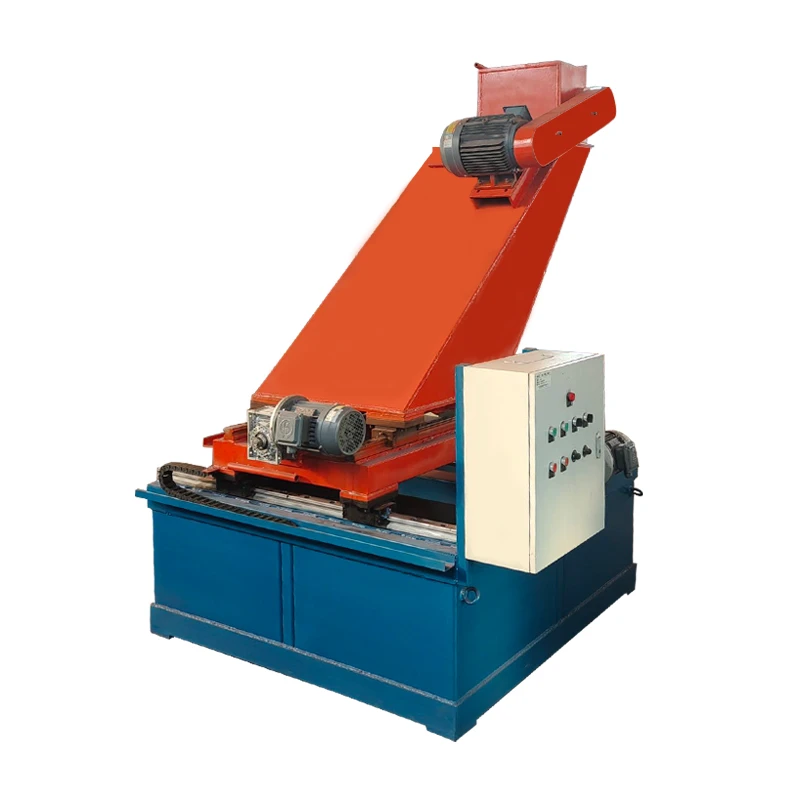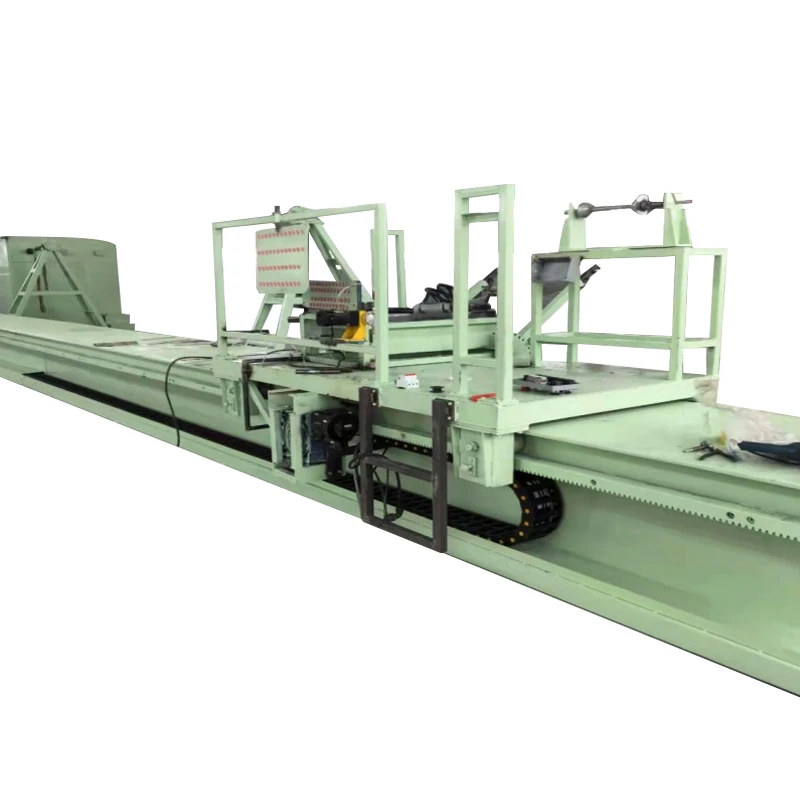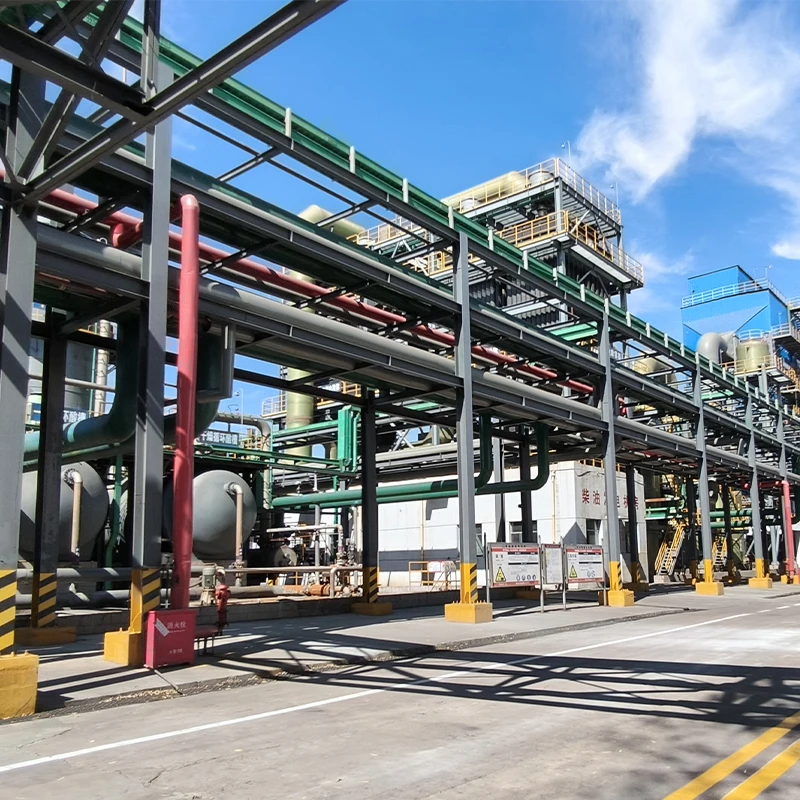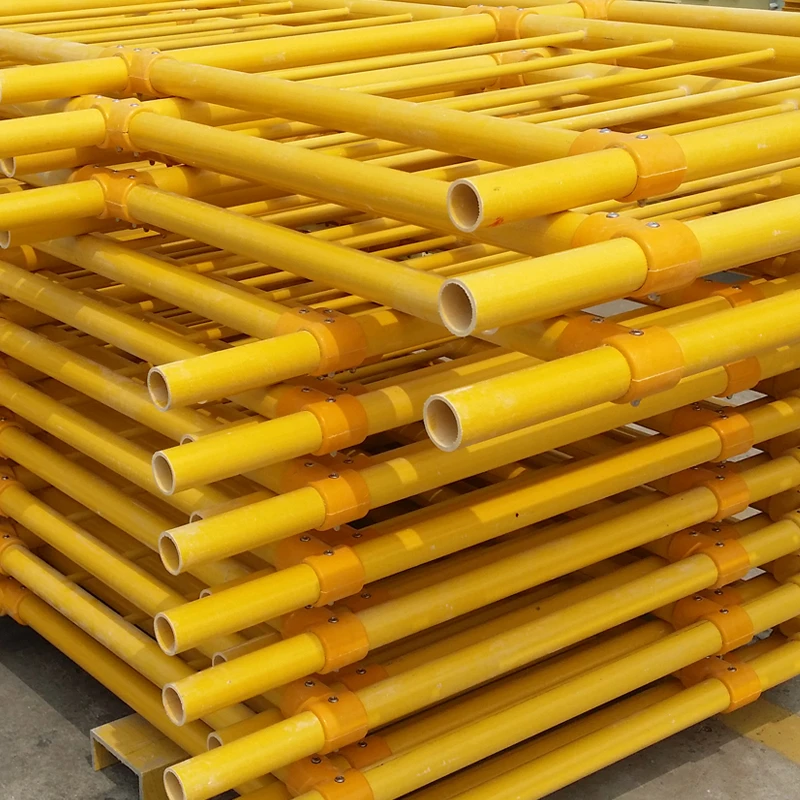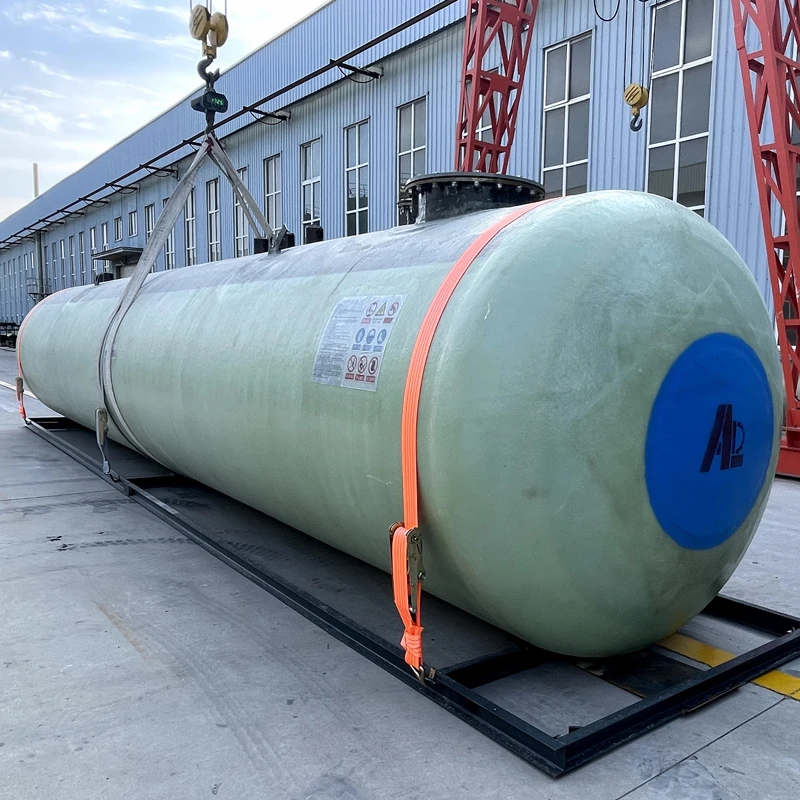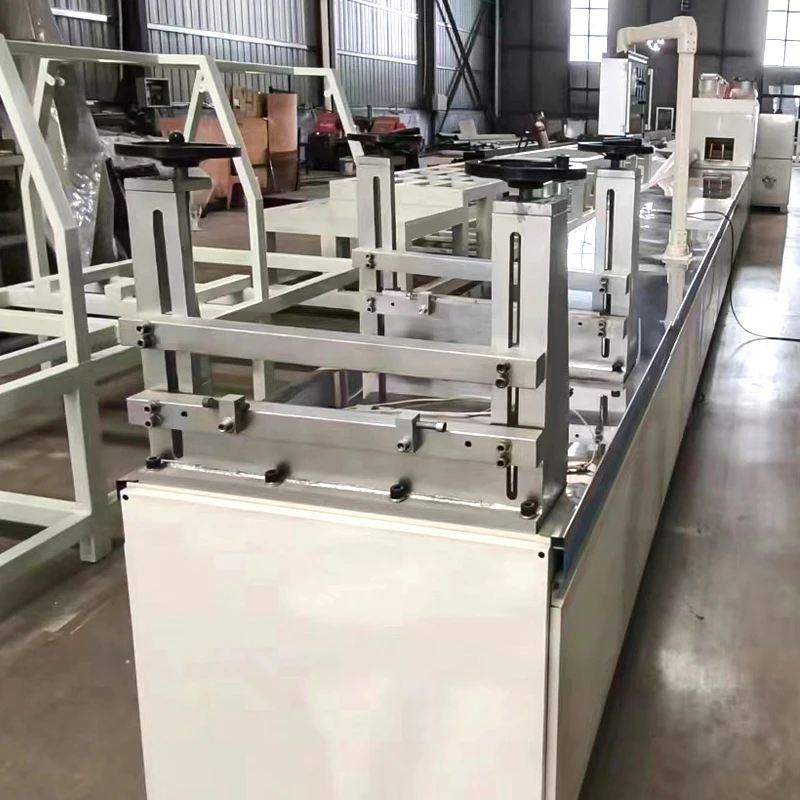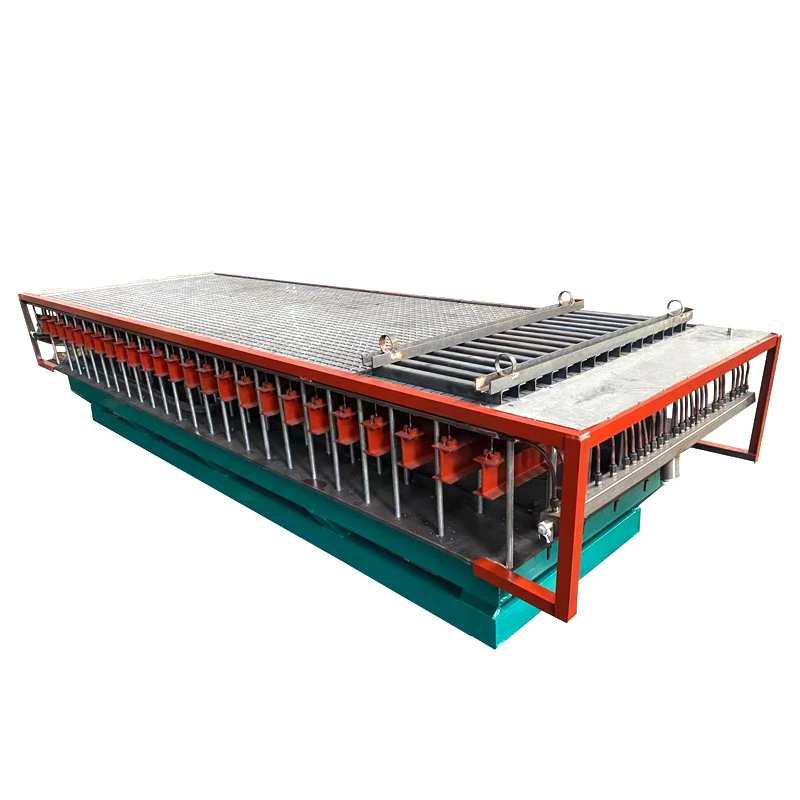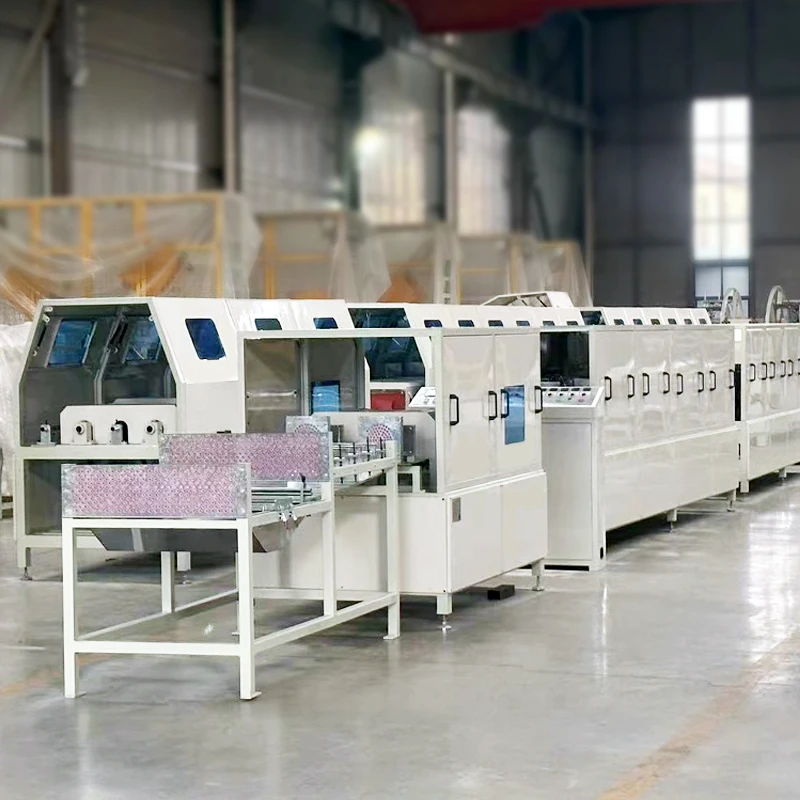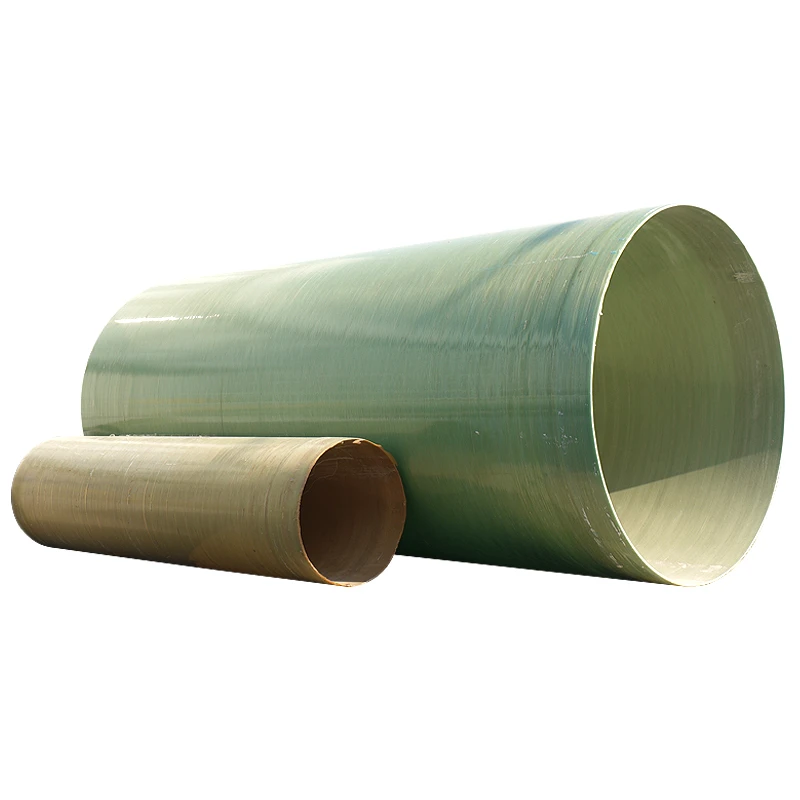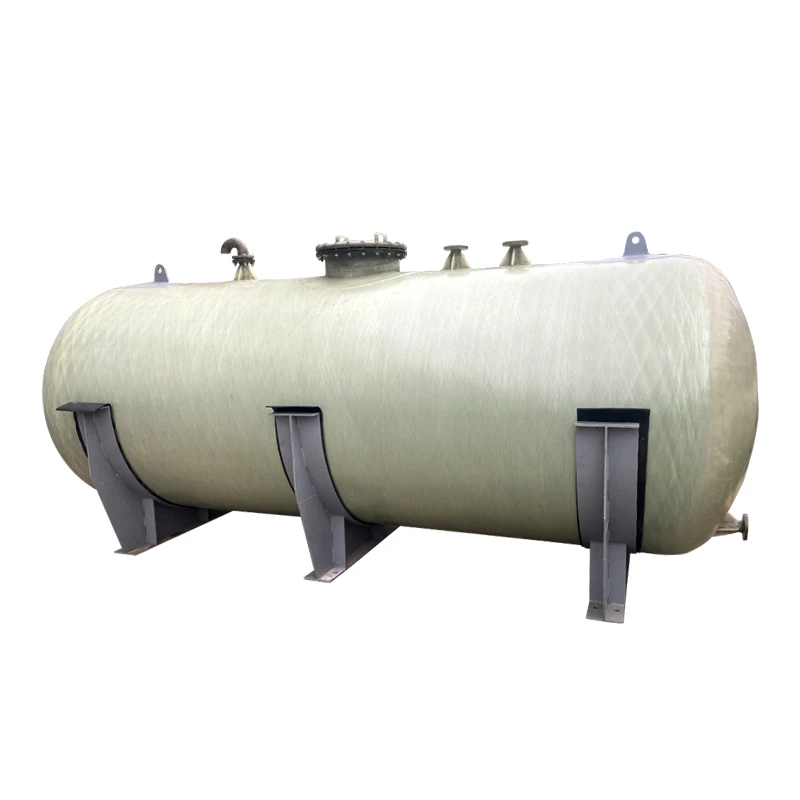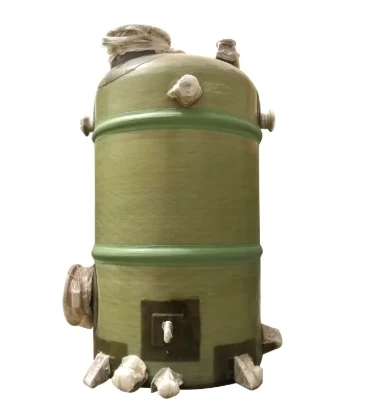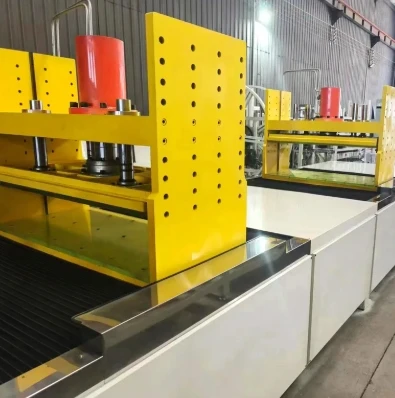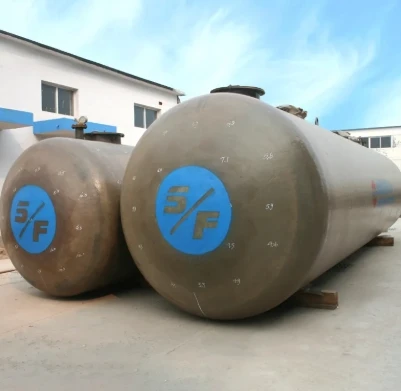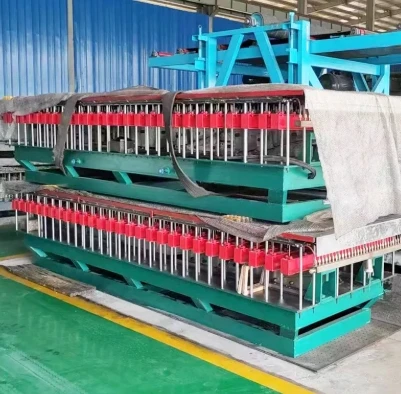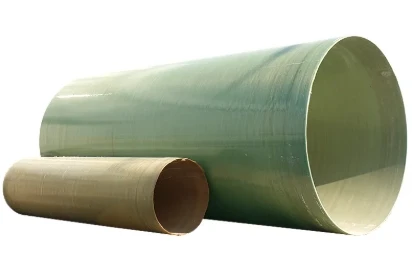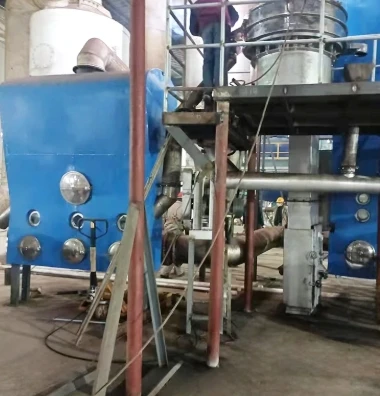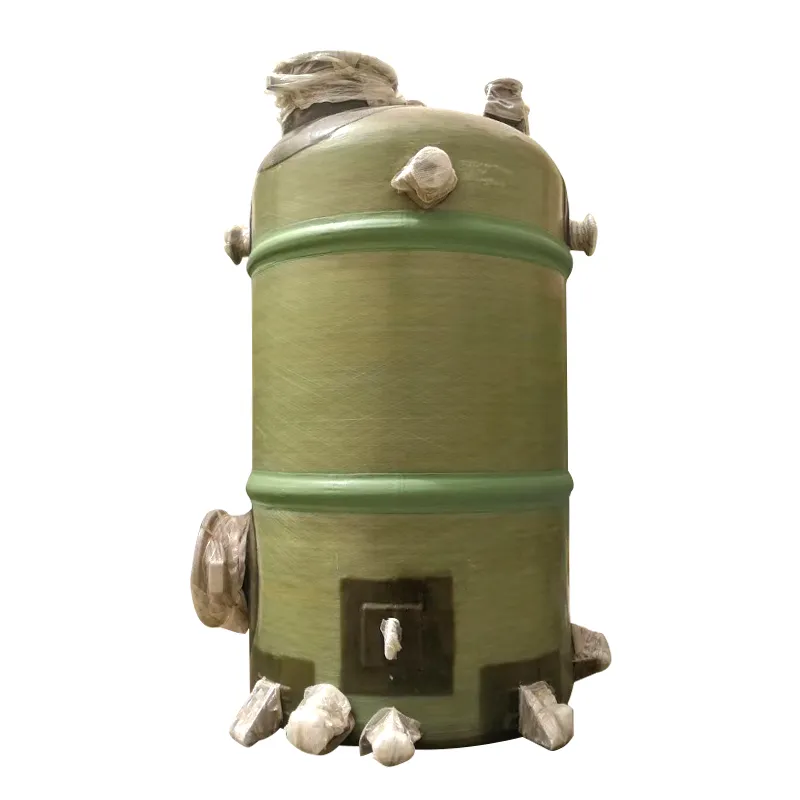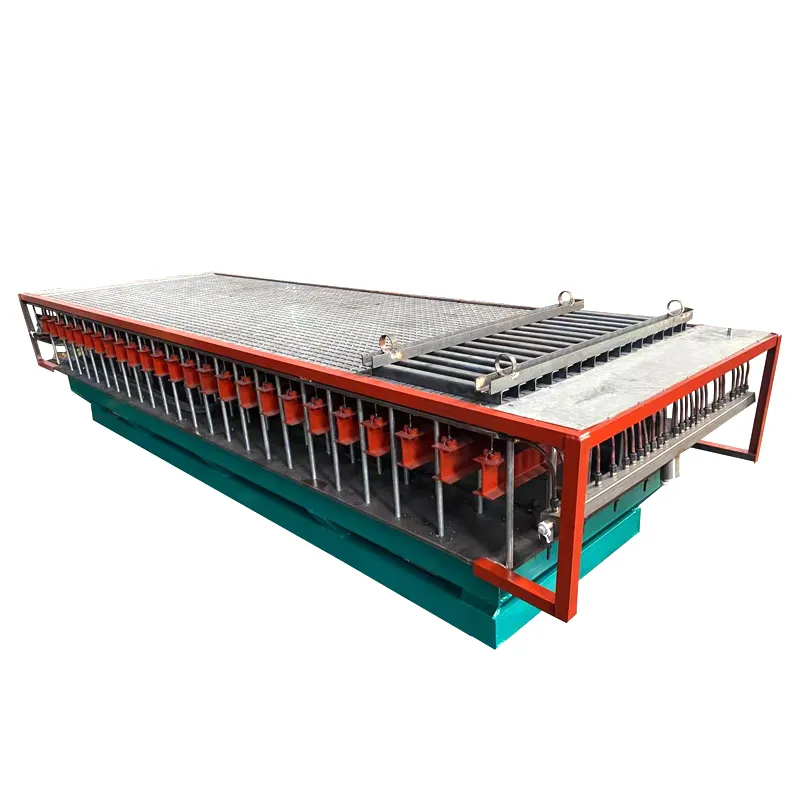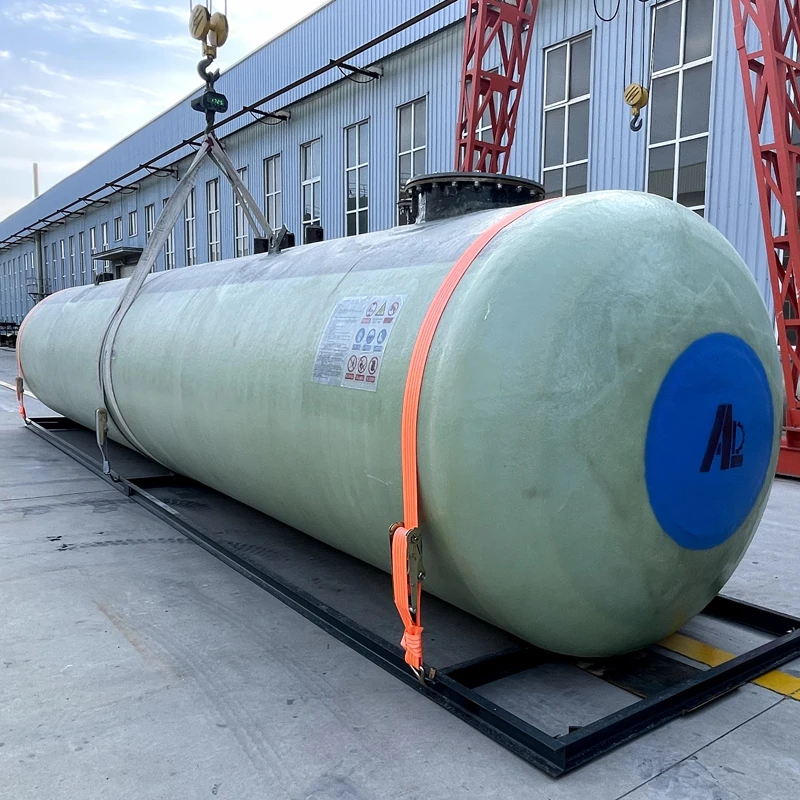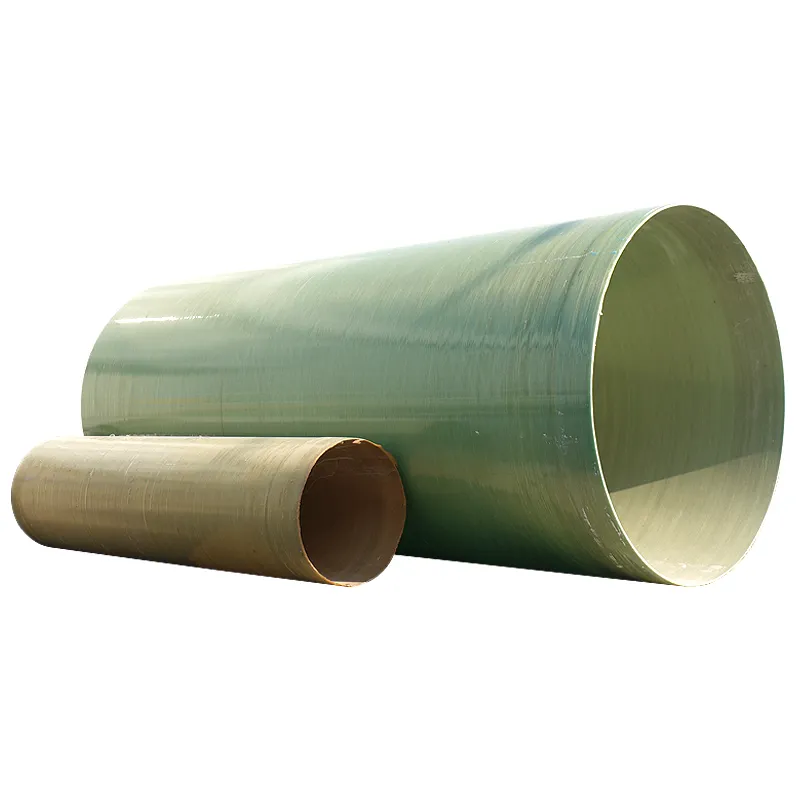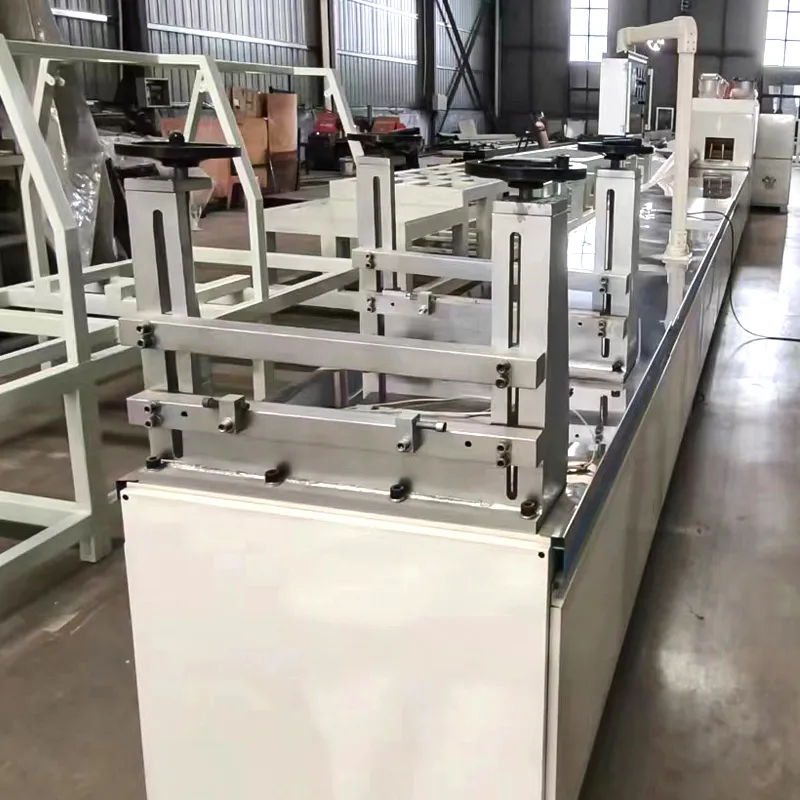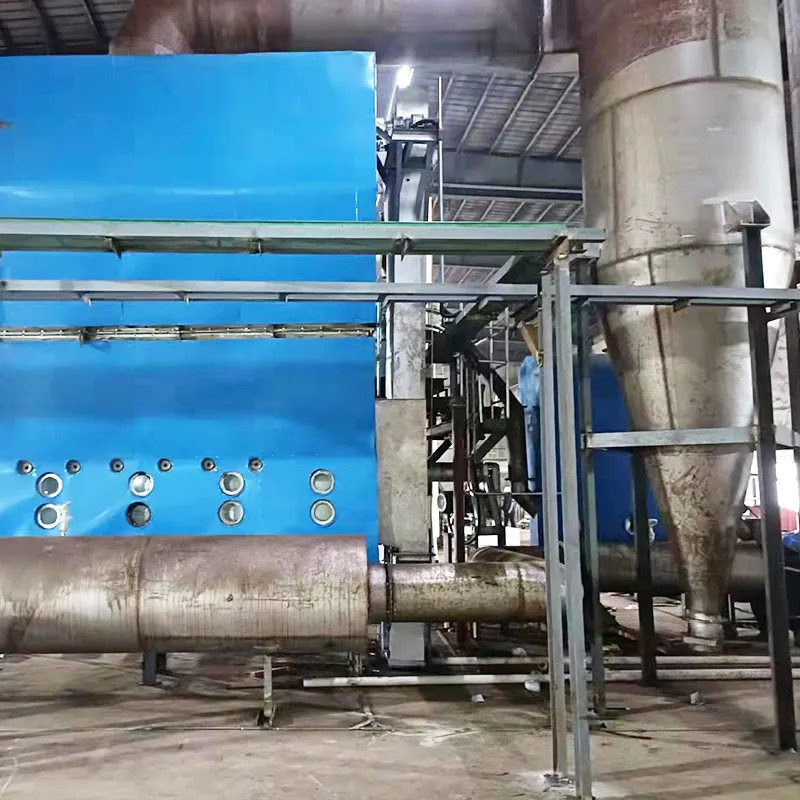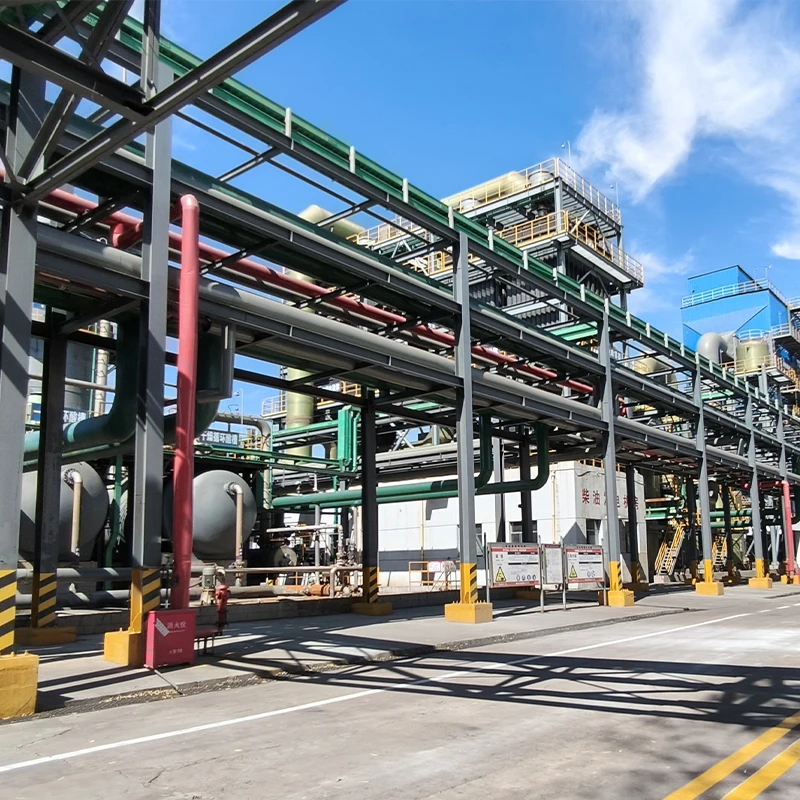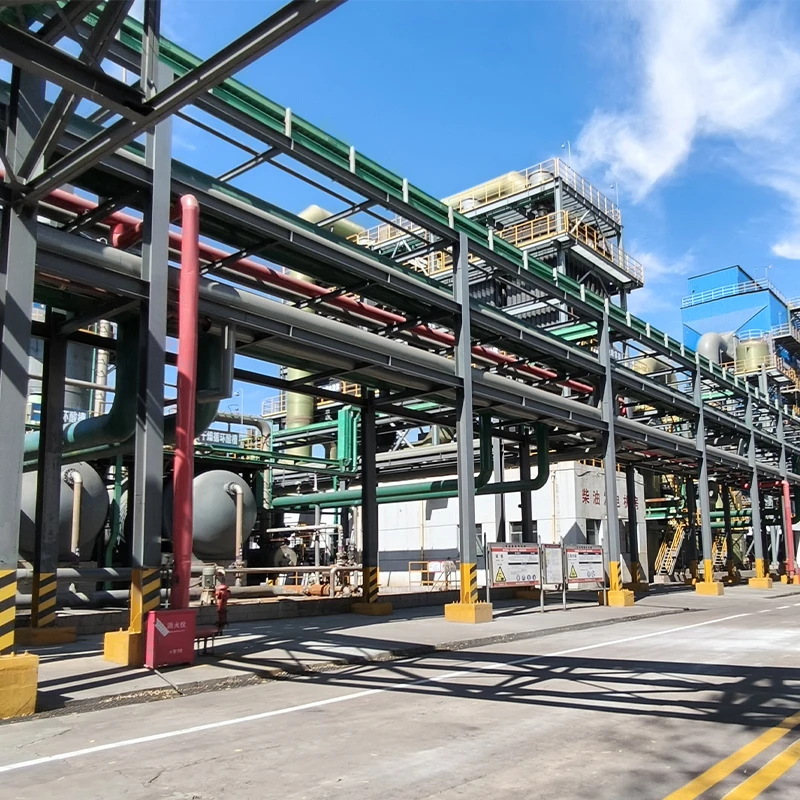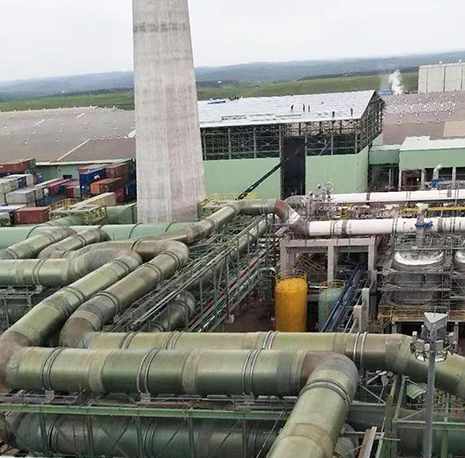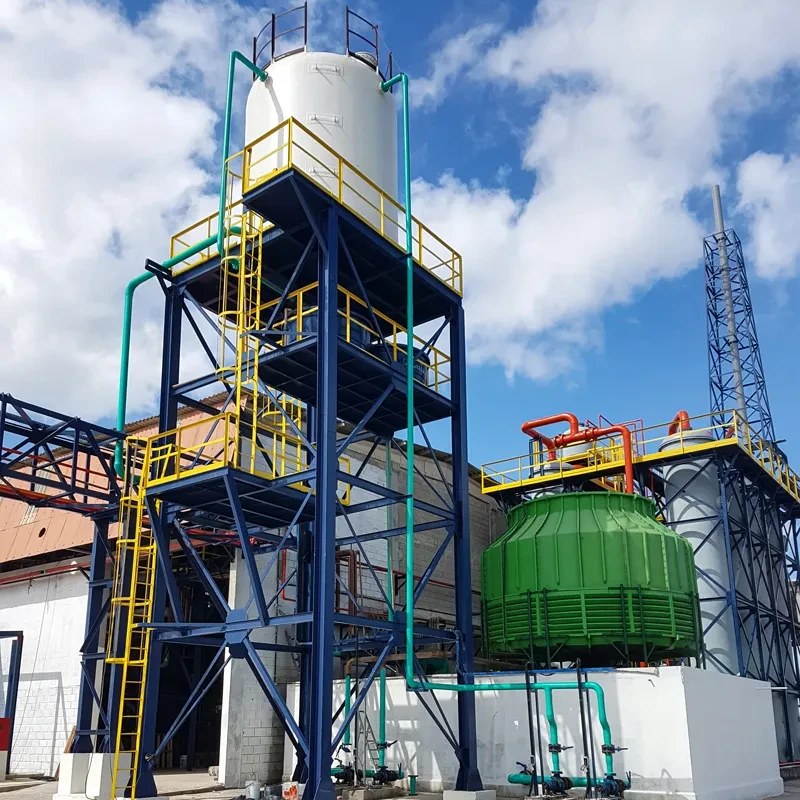Fiberglass Tubing: Structure, Application, and Advantages
Fiberglass Tubing, As a hollow structural material made of glass fiber reinforced plastic, it plays an increasingly important role in modern industry and construction. It has demonstrated outstanding advantages in many application scenarios that traditional materials are unable to handle due to its unique physical and chemical properties. This article will explore Fiberglass Tubing from its structure, application areas, and advantages.
The structural characteristic of Fiberglass Tubing lies in the nature of its composite material
It is usually reinforced with glass fiber and embedded into a resin matrix. Fiberglass endows pipes with high strength and stiffness, enabling them to withstand significant tensile, compressive, and bending stresses. The resin matrix bonds glass fibers together, transmits stress, and provides corrosion resistance and weather resistance. This composite structure makes the fiberglass tank both high-strength and lightweight, making it popular in situations where lightweight and high-strength structural materials are required.
Fiberglass Tubing has a wide range of applications
In the field of architecture, it is used as a building structure, railing, decorative material, etc. Its lightweight nature reduces the overall weight of the building, thereby reducing the burden on the structural foundation. Meanwhile, its excellent corrosion resistance gives it an advantage in applications in high humidity or coastal areas. Fiberglass bar grating is used in the chemical and petroleum industries to transport corrosive media such as acid, alkali, and salt solutions. Its excellent corrosion resistance enables it to work stably for a long time, reducing maintenance costs and safety risks. In addition, Fiberglass Tubing is widely used in aerospace, automotive manufacturing, sports equipment and other fields due to its lightweight and high-strength characteristics. For example, in components such as airplane wings, car chassis, golf clubs, etc., the application of Fiberglass Tubing can effectively achieve weight reduction and improve performance.
The advantages of Fiberglass Tubing are mainly reflected in the following aspects
Firstly, its high strength to weight ratio. Compared to steel, fiberglass floor grating has significantly reduced weight while having similar or even higher strength. This gives it significant advantages in applications that require lightweighting. Secondly, its excellent corrosion resistance. Fiberglass Tubing can resist the erosion of various chemicals, allowing it to work stably for a long time in harsh environments. Once again, its excellent electrical insulation performance. Fiberglass itself is non-conductive, so Fiberglass Tubing can be used as a cable protection tube or insulation material. Lastly, its excellent designability. By adjusting the type, content, and arrangement of glass fibers, as well as selecting different resin matrices, Fiberglass Tubing can be customized to meet different performance requirements.
In summary, pultruded fiberglass has demonstrated strong application potential in various fields due to its unique structure and excellent performance. With the continuous development of materials science and manufacturing technology, the performance of Fiberglass Tubing will be further improved and its application fields will become more extensive. In the future, we can expect Fiberglass Tubing to play a greater role in more challenging application scenarios and contribute to the development of various industries.
Fiberglass Tubing FAQs
What is Fiberglass Tubing? What are the core characteristics?
Fiberglass Tubing is a tubular composite material made of glass fiber reinforced plastic (FRP), typically using epoxy/polyester resin as the matrix, and formed through processes such as extrusion, winding, or rolling. Its core features include:
High strength to weight ratio: The tensile strength is close to that of steel, and the weight is only 1/4 of it;
Corrosion resistance: resistant to acid, alkali, and salt spray, with a lifespan of over 30 years;
Insulation: non-conductive, non-conductive, suitable for power facilities;
Design feasibility: Optimize axial/circumferential strength by adjusting the fiber angle.
What are the main production processes of Fiberglass Tubing?
Three mainstream processes:
- Pultrusion
After continuous fiber impregnation, it is pulled out through a heating mold and suitable for straight pipes with equal cross-sections (such as electrical insulation sleeves);
Advantages: High efficiency, low cost, but limited to linear products.
- Filament Winding
The fiber is wrapped around the core mold at a specific angle, suitable for high-pressure pipelines (such as chemical storage and transportation pipelines);
Customizable circumferential (compression resistant) and spiral (torsion resistant) reinforcement structures.
- Centrifugal Casting
Resin and short cut fibers are centrifugally formed in a rotating mold, used for large-diameter anti-corrosion pipelines (such as municipal drainage pipes).
What are the advantages and limitations of Fiberglass Tubing compared to metal pipes?
Advantages:
Corrosion resistance: can be used in chemical and seawater environments without the need for coating;
Maintenance free: No rust or scaling, reducing lifecycle costs;
Easy installation: lightweight, can be cut and connected on site (flange/socket joint).
limitations:
The initial cost is relatively high: the price is about 1.52 times that of galvanized steel pipes;
High temperature resistance limited: Long term use temperature generally ≤ 120 ℃ (epoxy resin system);
Weak impact resistance: Need to increase wall thickness or add wear-resistant coating.
What are the typical application scenarios for Fiberglass Tubing?
Petrochemical industry:
Corrosive medium transportation pipelines (such as hydrochloric acid and sulfuric acid storage and transportation);
Oilfield water injection pipes and lining of desulfurization towers.
Electric energy:
Insulated cable protection conduit, wind turbine tower;
Cooling water pipelines for nuclear power facilities.
Water treatment:
High pressure pipelines and sewage discharge pipelines in seawater desalination plants;
Drinking water delivery (compliant with FDA standard resin).
Aerospace:
Drone structural components, aircraft hydraulic pipelines.
How to choose the specifications of Fiberglass Tubing?
The key parameters include:
Diameter and wall thickness: from a 10mm capillary tube to a 4m large-diameter tube;
Pressure rating: PN6PN25 (winding pipe can reach PN40 or above);
Fiber type:
Eglass (universal, low-cost);
Sglass (high-strength, used for aviation);
Resin system:
Epoxy resin (high-performance, high temperature resistant);
Vinyl ester (corrosion-resistant, preferred for chemical industry).
Selection suggestion:
Corrosion environment → priority vinyl ester resin+circumferential winding reinforcement;
High voltage application → Choose pultrusion molding+silane surface treatment.
Future Trends
Intelligent pipeline: embedded fiber optic sensors for real-time monitoring of stress/leakage;
Environmentally friendly materials: bio based resins (such as flaxseed oil epoxy) reduce carbon footprint;
Hybrid structure: Key areas are locally reinforced with glass fiber and carbon fiber.

